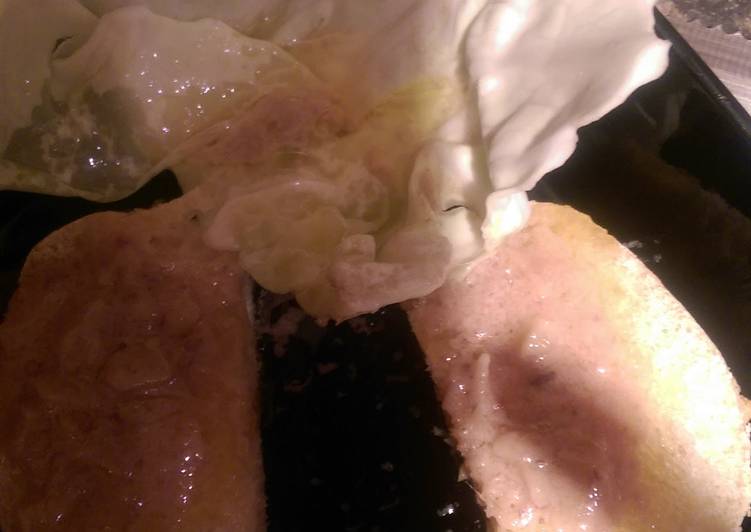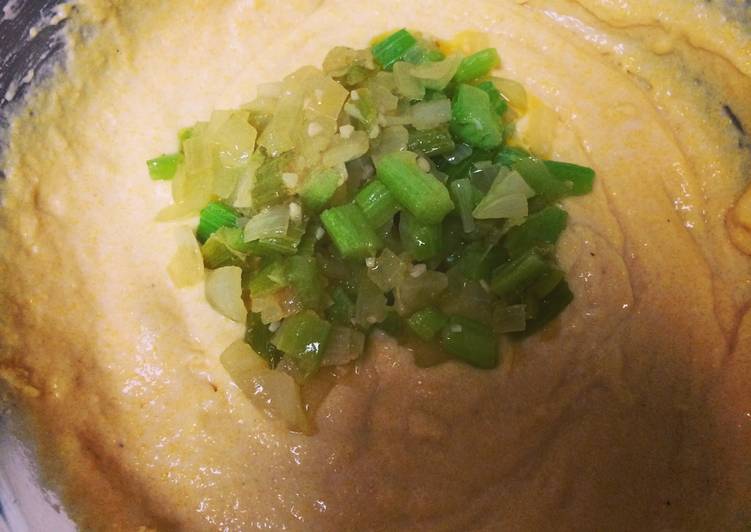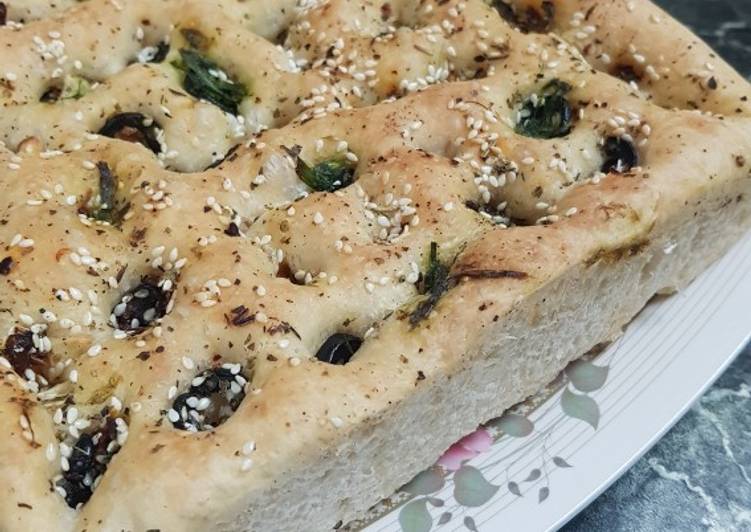
Hey everyone, I hope you are having an incredible day today. Today, I’m gonna show you how to make a distinctive dish, bagna càuda
(bunyacotta). It is one of my favorites food recipes. This time, I am going to make it a little bit tasty. This will be really delicious.
Joseph shows us how to cook Bagna Cauda, a traditional dish from the North of Italy. Bagna Cauda was originally a very simple dish, often thrown together as a morning snack for Italian vineyard workers in midwinter. It has since moved into the realm of the home and has been spruced.
Bagna càuda
(Bunyacotta) is one of the most popular of current trending foods in the world. It is appreciated by millions daily. It is easy, it is quick, it tastes yummy. Bagna càuda
(Bunyacotta) is something that I’ve loved my whole life. They are nice and they look fantastic.
To get started with this recipe, we have to first prepare a few components. You can cook bagna càuda
(bunyacotta) using 6 ingredients and 10 steps. Here is how you cook it.
The ingredients needed to make Bagna càuda
(Bunyacotta):
- Prepare 2 stick salted butter
- Make ready 2 can flat anchovie fillets in olive oil
- Get 1 head garlic
- Get 1/4 cup Half and Half, less if needed to color
- Take 1 loaf crusty french bread or similar
- Make ready 1 head cabbage
Que buenos recuerdos cuando mi viejo preparaba para sus familiares y amigos la Bagna Cauda!. Bagna Cauda (literally translated as "hot bath") is an Earth dish. A type of "Italian fondue", it is made from olive oil, butter, garlic and anchovies, originating from Piedmont in north western Italy. The dish is eaten by dipping bread and/or raw, boiled or roasted vegetables into a heated pot of Bagna Cauda.
Instructions to make Bagna càuda
(Bunyacotta):
- Slice garlic thinly, i use a razor blade. But just make sure its as thin as possible. Yes, use the entire head.
- Place garlic in sauce pan and add 2 sticks of butter. It is crucial that you keep the temp as low as possible to prevent the butter from seperating.
- You will simmer this for quite awhile. The goal is to have the garlic break down as much as possible. I would say at least 1/2 to 1 hour. Keep stirring and watch the heat.
- After the garlic seems broken down, drain the olive oil from the anchovies and add the fillets to the garlic butter mixture. Try and seperate the fillets as you add them. This will help them break down as well.
- Continue to cook on very low until the anchovies have broken down. You should now have a brownish sauce.
- Now add the 1/2 and 1/2 little by little until the mixture is a lighter color. You still want this brown, but a lighter creamier brown. So add a little at a time until it looks good. You may use more or less depending on your tastes. The darker the sauce, the richer it is.
- Peel off leaves of cabbage and set in a pile.
- Slice up the bread into 2 inch x 3 inch pieces. Or to your taste.
- Use the cabbage to scoop the sauce out of the sauce pan. While holding the cabbage with the sauce pooling in it, hold over the bread and eat. The drippings will fall onto the bread and then eat the bread. Of course you could just dip the bread in the sauce if you choose. But this is my familys tradition.
- This does keep well in a container to reheat later if desired. If it doesnt get eaten up.
Amy's classic bagna cauda recipe is a truly punchy addition to an antipasti platter. A warm mixture of anchovy, garlic, oil and butter, this dish may not look pretty, but it's incredibly addictive. Bagna cauda, a Piedmontese dip of gently simmered anchovies and garlic in olive oil, began as a snack for hungry vineyard workers, traditionally served with raw, cooked, or roasted vegetables. Mí Nona era piamontesa y esta es una de las salsas que más se comían en mí cada. Bagna Cauda. crema de leche, leche, ajo, anchoas en aceite, manteca, Papines cocidos, zanahoria.
So that’s going to wrap this up for this exceptional food bagna càuda
(bunyacotta) recipe. Thanks so much for reading. I am confident that you can make this at home. There’s gonna be more interesting food in home recipes coming up. Remember to save this page on your browser, and share it to your loved ones, colleague and friends. Thanks again for reading. Go on get cooking!

